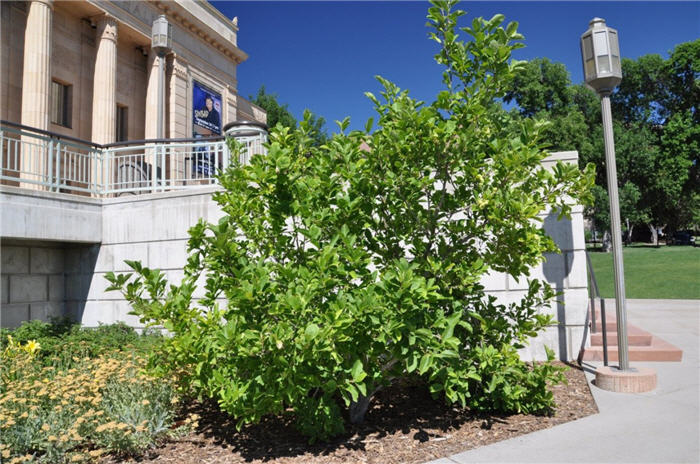| Botanical Name: Magnolia stellata 'Royal Star' | |
| Common Name: Royal Star Magnolia |

-
Anatomy
-
Culture
-
Design
Plant Type
Tree, Shrub
Height Range
6-12'
Flower Color
White
Flower Season
Spring
Leaf Color
Green, Yellow
Bark Color
Grey
Fruit Color
n/a
Fruit Season
n/a
Sun
Full, Half
Water
High
Growth Rate
Slow
Soil Type
Clay, Loam
Soil Condition
Average, Rich, Well-drained, Moist
Soil pH
Neutral
Adverse Factors
n/a
Design Styles
English Cottage, Formal, Japanese, Spanish, Woodland
Accenting Features
Fragrance, Showy Flowers, Specimen
Seasonal Interest
Spring, Fall
Location Uses
Background, Shrub Border, Foundation, Patio, Walls / Fences
Special Uses
Cut Flowers, Hedge, Screen, Small Spaces
Attracts Wildlife
n/a
Information by: Stephanie Duer
Photographer:
Photographer:
-
Description
-
Notes
'Royal Star' is a deciduous magnolia with an upright, densely branched, multi-stemmed habit that could be considered a large shrub or small tree that grows at a moderate rate to 10 to 15 feet tall and 10 to 12 feet wide. It has large, frangrant, double white flowers that appear before the foliage emerges. Blooms later than the species so is a better choice as the flowers are less likely to be damaged by a spring frost. Leaves are large, a soft green, and not as leathery as the evergreen varieties.
Best grown in moist, organically rich, acidic, well-drained loams in full sun to part shade. Best sited in a location protected from high winds (minimize potential damage to leaves), but generally avoid southern exposures close to houses where the buds may be induced to open too early in spring. This is a late-blooming magnolia that is less apt to suffer frost damage in spring. Mulch root zone. Good air circulation may reduce onset of powdery mildew. Not a low-water plant, but when corrected sited, can thrive on weekly watering.